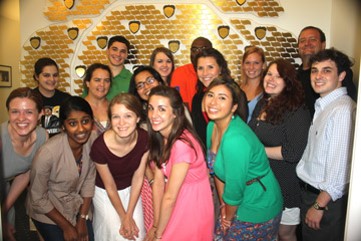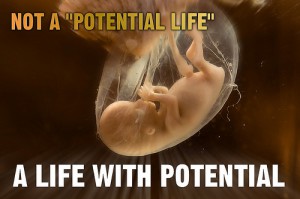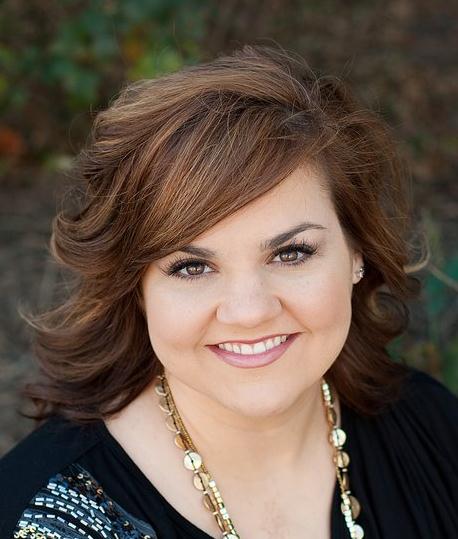I’m always on the lookout for good pro-life teaching resources for parents.
 Teaching pro-life values is something I often emphasize when I give pro-life talks. I think a lot of it has to do with my own experiences.
Teaching pro-life values is something I often emphasize when I give pro-life talks. I think a lot of it has to do with my own experiences.
My parents taught me to respect and value every human being. They took me to the March for Life. They adopted my youngest sister after their four older children left the nest. They actively support our local pregnancy resource center and homeless shelter. They help and show love to people who are outcasts – and so much more.
My parents have made such a positive impact on my life and my work in the pro-life movement, and I don’t take that for granted. It’s a huge task to teach children good values; and the issue of abortion, as personal and political and emotional as it is, can be a difficult topic to breach.
The other day, a friend sent me a great resource for parents that’s particularly relevant as summer ends and students head back to school or college. The short teaching guide by Students For Life gives six suggested ways parents can talk with their teens about life.
It’s critical, Students for Life says, because “47% of women entering college identify themselves as pro-life, however, only 27% remain pro-life at graduation. Furthermore, college-aged women obtain approximately 46% of all abortions nationally.”
If you’re a parent or grandparent, please consider taking a few minutes to read “6 Ways to Keep Your Kids Pro-Life.” Then, have a conversation with your student about the value of every human life.






 when viewing an ultrasound-guided abortion—and seeing the goodness and kindness of the 40 Days for Life members standing vigil outside the abortion center door—walked bravely to “the other side.” She now assists those who work within the abortion industry to find a safe way out. You can learn more about her And Then There Were None ministry at
when viewing an ultrasound-guided abortion—and seeing the goodness and kindness of the 40 Days for Life members standing vigil outside the abortion center door—walked bravely to “the other side.” She now assists those who work within the abortion industry to find a safe way out. You can learn more about her And Then There Were None ministry at 


